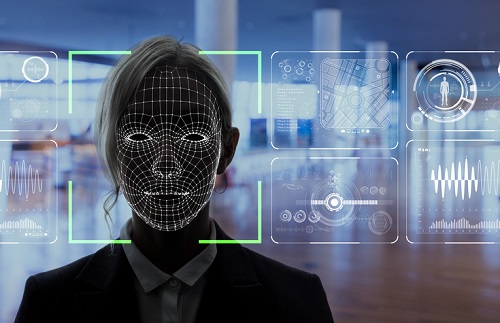advertisement
Biometrics In Education, Enhancing Security And Access

Biometric technology, particularly facial recognition systems, is becoming increasingly prevalent in the education sector, reshaping the landscape of school security and student convenience. Traditionally associated with security and access control, biometrics now play a pivotal role in enhancing the safety and inclusivity of educational environments.
Among various biometric modalities, the risks associated with traditional biometric techniques have been significantly reduced, paving the way for widespread adoption in educational institutions worldwide. Among the most widely used biometric technologies are face recognition and contactless fingerprint or palm recognition, offering a seamless and user-friendly experience for students and educators alike.
In educational settings, biometrics serve various purposes beyond security, including attendance monitoring and activity tracking. Automatic attendance systems powered by biometric technology enable administrators to identify truancy issues more efficiently, streamlining administrative processes and eliminating the need for manual roll calls. Moreover, biometric-enabled access control enhances safety by restricting entry to authorized individuals and securing sensitive areas within schools.
advertisement
Facial recognition technology, in particular, stands out for its contactless nature and ease of implementation. Its scalability and adaptability make it a superior choice for transforming safety and accessibility within educational settings, providing students and staff with a secure and comfortable environment conducive to learning and collaboration. Beyond security concerns, facial recognition systems contribute to fostering a positive learning atmosphere that promotes student well-being and academic performance.
Aside from use in the education sector, it can be used to track various activities. On the other hand, employing manual reporting procedures to record activities could be time-consuming. Instructors can use biometrics to keep an activity diary and generate quick reports as needed.
By incorporating biometric systems into access points of dormitories and laboratories, schools add an additional layer of security to safeguard students and staff. Moreover, the authentication of online learners using facial biometrics simplifies the online learning experience, particularly benefiting those in remote areas or with mobility issues. This technology offers a cost-effective alternative for students who may face challenges in physically attending classes, thereby making education more accessible to a wider demographic.